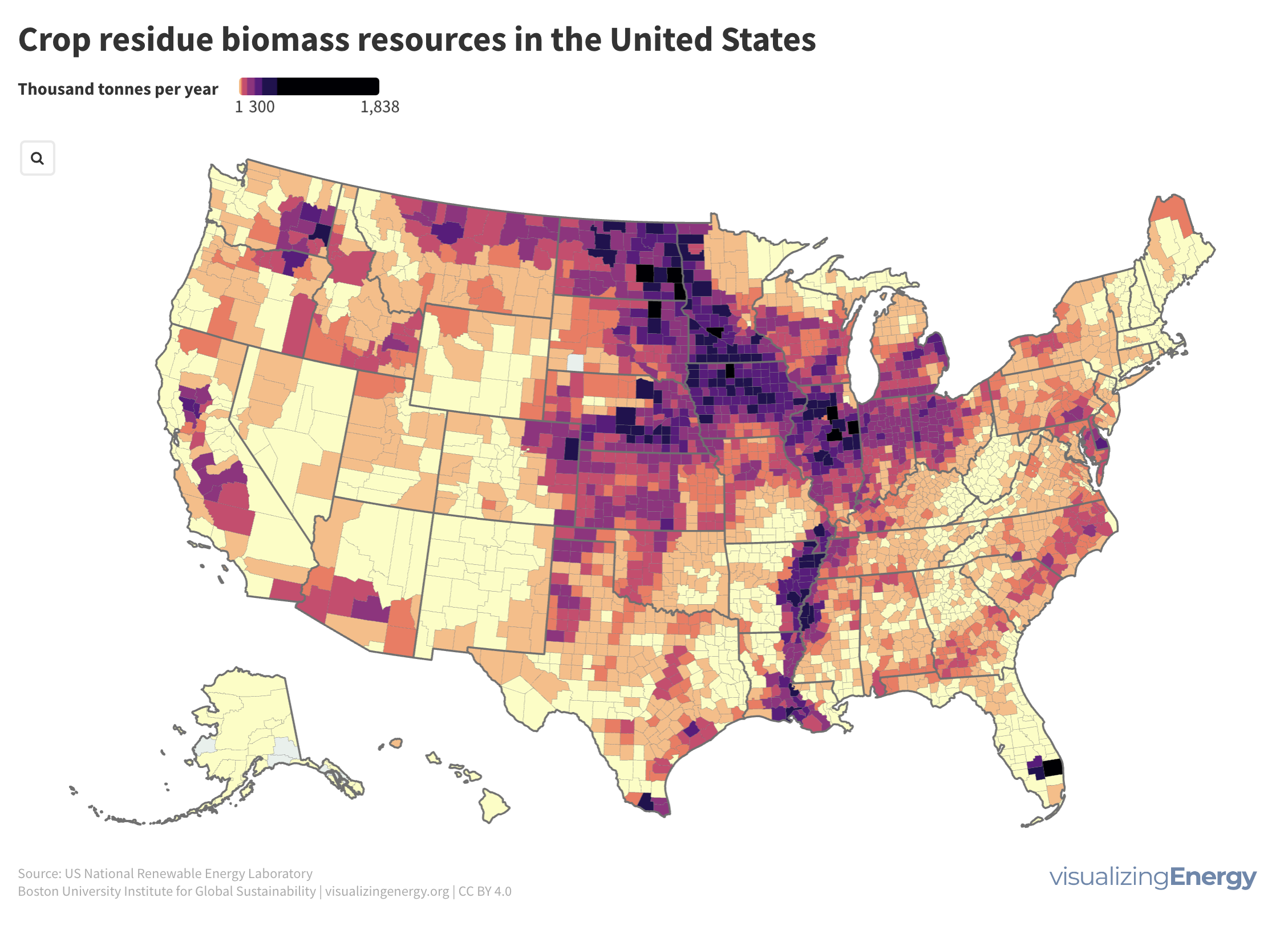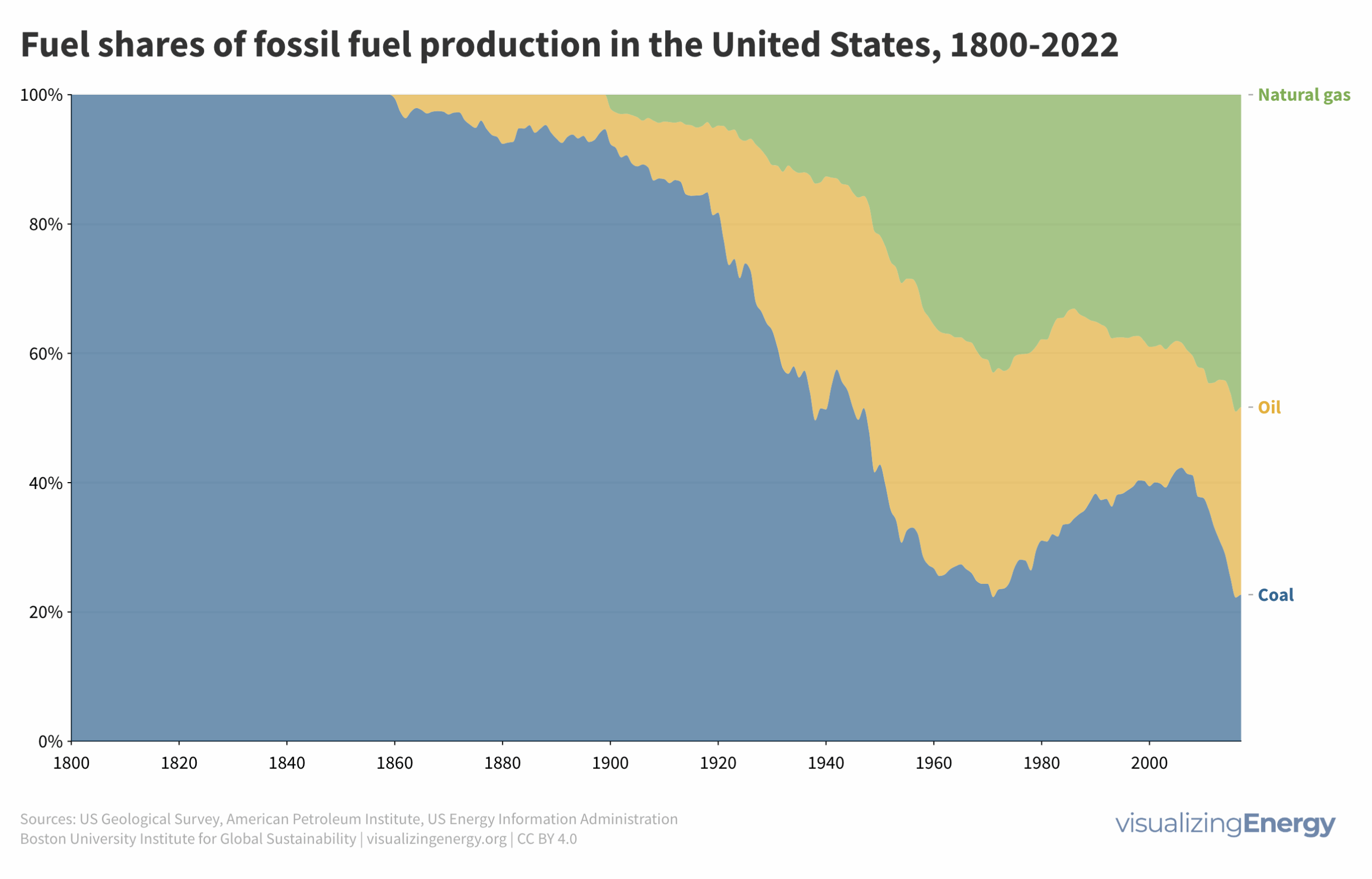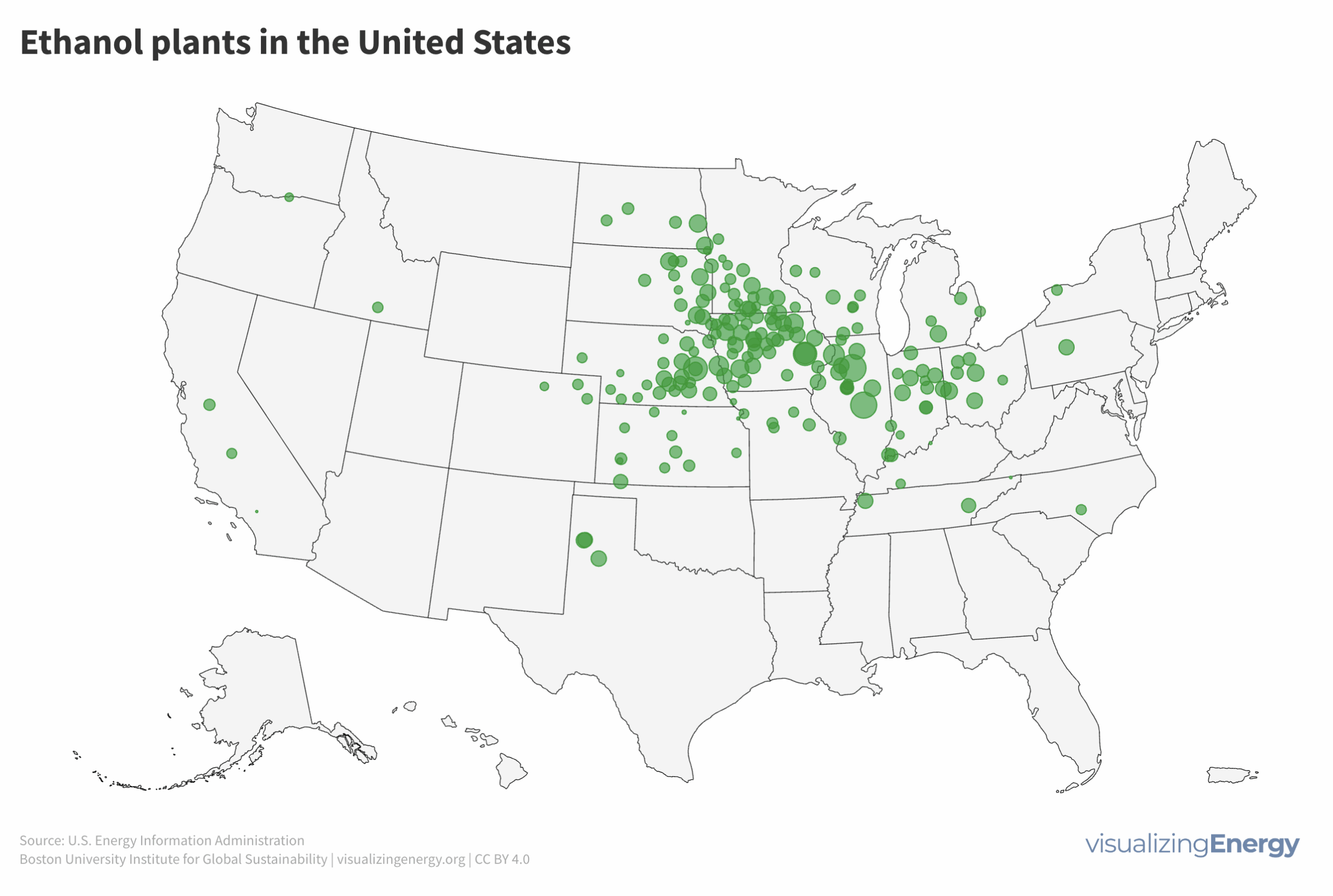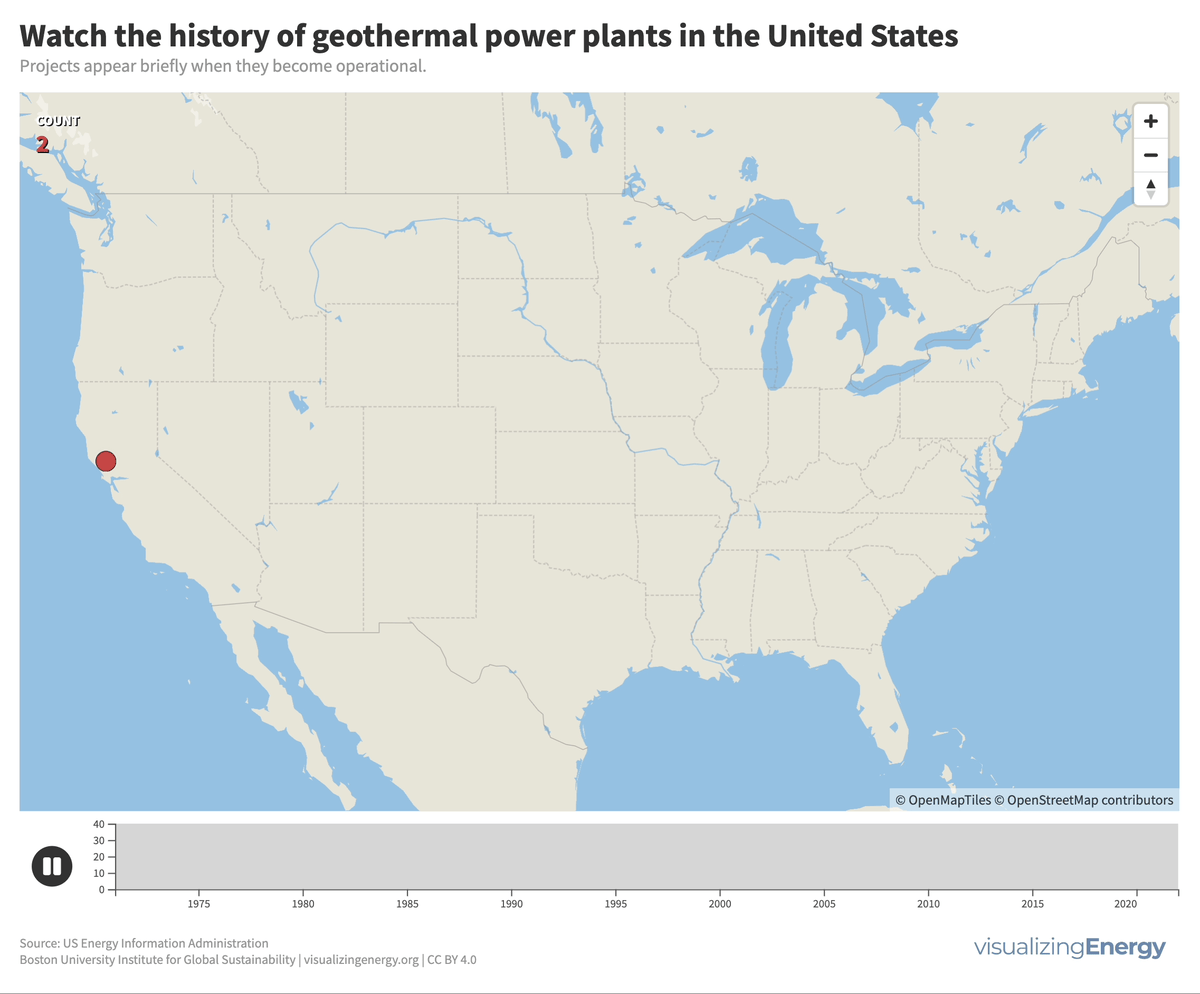
Explore the solid biomass resources of the United States
Biomass, derived from plants and animals, is a renewable energy source. The National Renewable Energy Laboratory mapped biomass resources in the US, including crop residues, forest residues, primary and secondary mill residues, and urban wood waste. These resources are used for heat, electricity, and fuel production. The maps offer county-level data for these resources.









